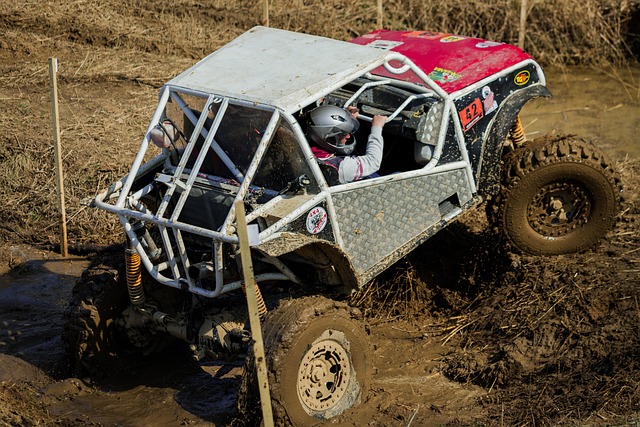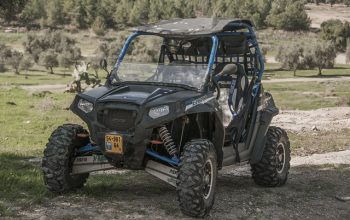Rock rails are essential safety features on commercial vehicles, providing steering control and protection on rough terrains. For Brownsville Fleet, maintaining these components is crucial for truck steering repair and fleet management efficiency. This article guides you through the importance of rock rails, common issues leading to their failure, troubleshooting techniques, and best practices for maintenance and replacement, ensuring your fleet’s safety and cost-effectiveness.
- What are Rock Rails and Why Are They Important for Brownsville Fleet Truck Steering Repair?
- – Definition and purpose of rock rails in commercial vehicles
What are Rock Rails and Why Are They Important for Brownsville Fleet Truck Steering Repair?

Rock rails are robust metal barriers installed along road sides or highways, designed to protect vehicles from venturing off the road and colliding with potentially dangerous obstacles like trees, utility poles, or other structures. For Brownsville fleet truck steering repair services, these rails play a pivotal role in ensuring driver safety and minimizing vehicle damage. When a truck veers off-course due to poor steering control or emergency situations, rock rails provide a physical barrier that can prevent the vehicle from sustaining severe impacts, thus reducing the risk of rollovers, flip overs, and other catastrophic accidents. By offering a reliable guiding system for trucks navigating challenging terrain or tight corners, rock rails contribute significantly to maintaining road safety for Brownsville fleet operators and their drivers.
– Definition and purpose of rock rails in commercial vehicles

Rock rails are designed and integrated into commercial vehicles, such as trucks, to provide an additional layer of protection against potential side impacts with solid obstacles like trees, utility poles, or other road hazards. Brownsville fleet truck steering repair experts emphasize that these robust structures are strategically placed along the vehicle’s sides, extending from the wheels to the bed or cab. Their primary purpose is to absorb and distribute the force of a collision, minimizing damage to the truck and its occupants.
By dissipating the energy from a lateral impact, rock rails help prevent side-swiping incidents from causing severe damage to the vehicle’s frame, steering system, and other critical components. This simple yet effective design feature is particularly valuable for vehicles operating in off-road conditions or navigating through areas with numerous obstacles, ensuring better safety standards for commercial fleet operations.



